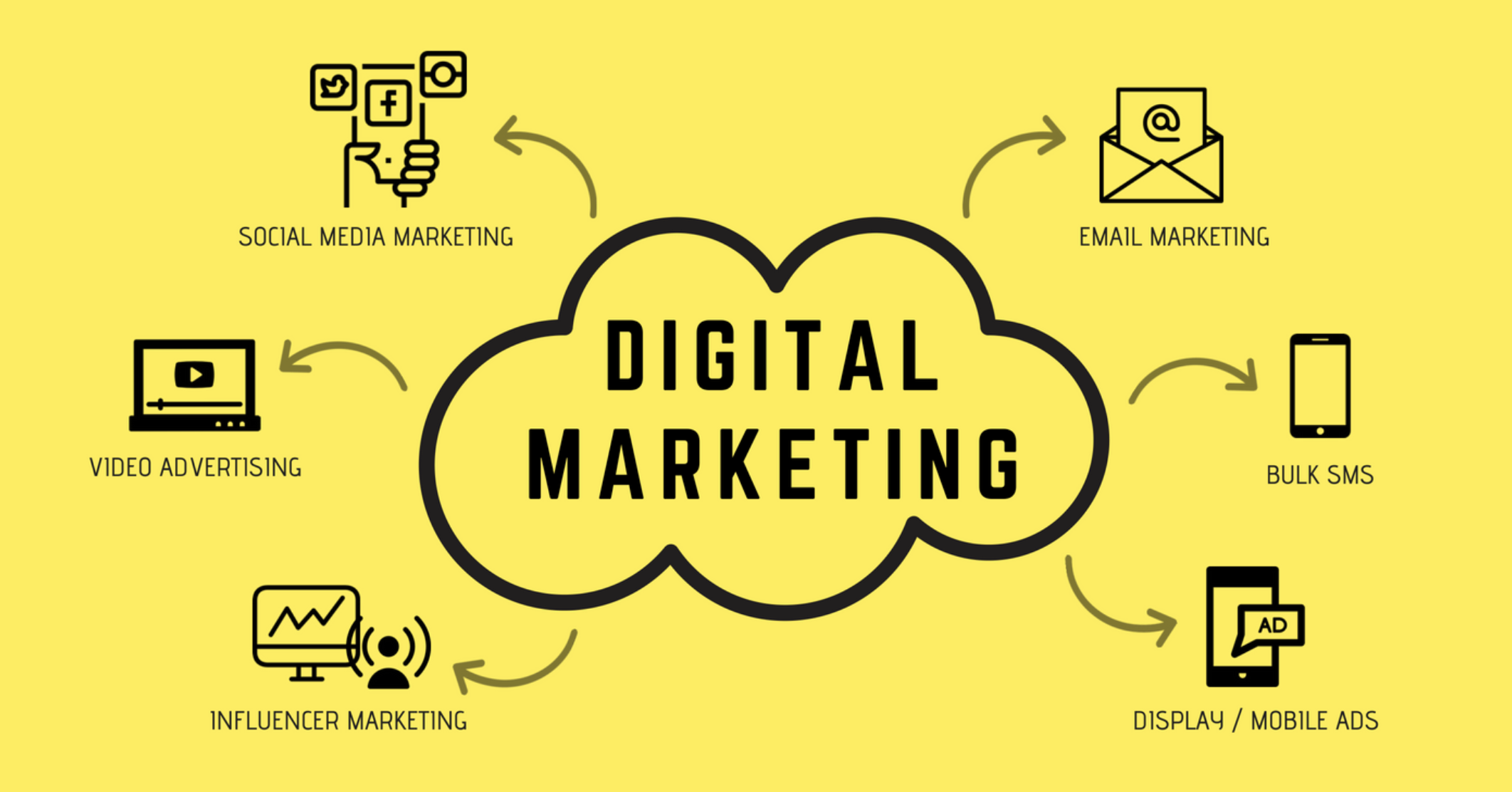Mastering the Art of Digitized Logos: A Complete Guide
Master digitized logos for embroidery: transform designs into precise stitch files for professional, durable, and polished embroidered creations. Start stitching today!

Digitized logos are the backbone of modern embroidery, transforming simple designs into stunning stitched masterpieces. Whether you’re a business owner looking to brand your products or a hobbyist exploring the world of embroidery, mastering the art of digitized logo is a game-changer. This guide will walk you through everything you need to know, from the basics to advanced tips, so you can create professional-quality embroidered logos with confidence.
What Are Digitized Logos?
Digitized logos are digital files that embroidery machines can read and interpret. These files contain specific instructions for the machine, such as stitch types, thread colors, and stitch sequences. Essentially, digitizing turns a flat image into a roadmap for the embroidery machine to follow.
Without proper digitization, your logo might end up looking messy, uneven, or incomplete. A well-digitized logo, on the other hand, ensures clean lines, vibrant colors, and a polished finish.
Why Digitizing Matters
You might wonder why you can’t just upload a regular image file (like a JPEG or PNG) to your embroidery machine. The truth is, embroidery machines don’t understand images—they need specialized files in formats like .DST, .PES, or .EXP. Digitizing bridges the gap between your design and the machine, ensuring the final product looks exactly how you envisioned it.
Here’s why digitizing is so important:
-
Precision: Every stitch is carefully planned for accuracy.
-
Efficiency: Reduces thread waste and machine runtime.
-
Durability: Ensures the design stays intact, even after multiple washes.
Tools You’ll Need
Before diving into the process, gather the right tools:
-
Digitizing Software: Programs like Wilcom, Hatch, or Embrilliance are industry standards. Many offer free trials for beginners.
-
High-Resolution Logo: A clear, high-quality image makes digitizing easier.
-
Computer: Ensure it meets the software’s system requirements.
-
Embroidery Machine: While not required for digitizing, you’ll need one to test and stitch your design.
Step-by-Step Guide to Digitizing a Logo
Ready to get started? Follow these steps to digitize your logo like a pro.
Step 1: Import Your Logo
Open your digitizing software and import your logo file. Most programs support formats like JPEG, PNG, or BMP. If your logo has a complex background, use an image editor like Photoshop to remove it beforehand.
Step 2: Set the Design Size
Decide how large you want your embroidered logo to be. Keep in mind that smaller designs may lose detail, while larger designs can accommodate more intricate elements. Use the software’s resizing tools to adjust the dimensions.
Step 3: Choose Stitch Types
Different parts of your logo will require different stitch types. Here’s a quick breakdown:
-
Fill Stitches: Ideal for large, solid areas of color.
-
Satin Stitches: Perfect for text and thin lines, creating a smooth, shiny finish.
-
Running Stitches: Used for outlines and fine details.
Assign the appropriate stitch type to each section of your logo.
Step 4: Assign Thread Colors
Match the colors in your logo to the thread colors available in your software. Most programs include a color palette that corresponds to popular embroidery thread brands. If you’re unsure, consult a thread color chart for accuracy.
Step 5: Adjust Stitch Density and Direction
Stitch density refers to how closely the stitches are packed together. Too dense, and the fabric may pucker; too sparse, and the fabric may show through. Adjust the density based on the type of fabric you’re using.
Stitch direction also plays a role in the final look. Experiment with different angles to add texture and dimension to your design.
Step 6: Add Underlay Stitches
Underlay stitches are the foundation of your design. They stabilize the fabric and provide a base for the top stitches. Most software automatically adds underlay, but you can customize it to suit your design.
Step 7: Test Your Design
Before stitching the final product, test your design on a scrap piece of fabric. This helps you identify any issues, such as thread breaks or misaligned stitches.
Step 8: Save and Export
Once you’re satisfied with your design, save and export it in the appropriate format for your embroidery machine. Common formats include .DST, .PES, and .EXP.
Tips for Mastering Digitized Logos
-
Start Simple: If you’re new to digitizing, begin with a basic logo. Avoid intricate details until you’re more comfortable with the process.
-
Understand Your Fabric: Different fabrics behave differently under stitches. For example, stretchy fabrics may require additional stabilization.
-
Use High-Quality Thread: Cheap thread can break easily and produce inconsistent results. Invest in good-quality embroidery thread for the best outcome.
-
Practice Regularly: The more you digitize, the better you’ll get. Experiment with different designs and techniques to hone your skills.
Common Mistakes to Avoid
-
Ignoring Fabric Type: Not all designs work well on all fabrics. A design that looks great on cotton might not translate well to a knit fabric.
-
Overcomplicating the Design: Too many details can make the design look cluttered and may not stitch out well.
-
Skipping the Test Stitch: Always test your design before stitching it on the final product. This can save you time, thread, and frustration.
-
Neglecting Underlay Stitches: Underlay is crucial for stabilizing the fabric and ensuring clean, precise stitches.
When to Hire a Professional
If digitizing feels overwhelming, don’t hesitate to hire a professional digitizing service. Look for a provider with:
-
Experience: Check their portfolio and reviews.
-
Quick Turnaround: Ensure they can deliver within your timeline.
-
Affordable Pricing: Compare quotes, but prioritize quality over cost.
-
Good Communication: Choose a service that’s responsive and easy to work with.
Final Thoughts
Mastering the art of digitize logo for embroidery takes time and practice, but the results are worth it. With the right tools, techniques, and a bit of patience, you can create stunning embroidered designs that stand out. Whether you’re digitizing for business or pleasure, this guide has everything you need to get started.
So, fire up your software, grab your embroidery machine, and start creating. The world of digitize logo for embroidery is waiting for you—happy stitching!
What's Your Reaction?




















